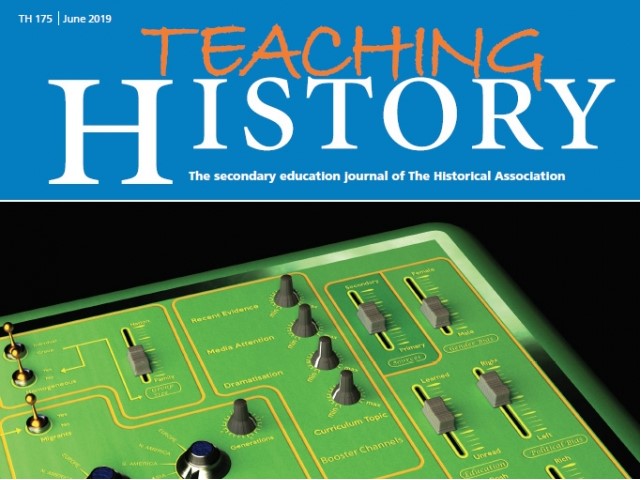Dr Anna Field, teacher of History at WHS, explores an article from the journal Teaching History and how dialogue in the classroom can create layers of historical understanding
‘1069 and all that: the dialogic understanding of the Norman legacy in Chester’, Teaching History 175 (June 2019)
“…dialogue can be harnessed in the classroom and enable students to create meaningful connections between factual, conceptual, and contextual knowledge.”
Bird and Wilson’s impressive study investigates the role of classroom dialogue in the production and application of historical knowledge across a three-lesson Y8 enquiry on the Norman legacy in Chester. Using methods from sociocultural psychology, the authors argue that the students’ historical knowledge both shapes, and is shaped by, dialogic interaction in the classroom. How this is achieved, they contend, remains an understudied area. While the article’s focus is on classroom dialogue as a whole rather than questioning per se, the authors’ examples of classroom exchange demonstrate the importance of teacher questioning in the creation of explicit and tacit historical knowledge. The result is a carefully planned a well-executed consideration of the interaction between different levels of historical knowledge in KS3 pupils, which further suggests how dialogue can be harnessed in the classroom and enable students to create meaningful connections between factual, conceptual, and contextual knowledge. The authors largely succeed in their aim to shed light on the different ways to create these links.
According to Bird and Wilson, dialogue stimulates interaction and movement between layers of factual, conceptual, and contextual knowledge and thus promotes historical understanding. In the first enquiry lesson, the process gauging students’ knowledge unearthed misconceptions surrounding chronology. While the students could make inferences, it was clear to the teachers that deeper knowledge did not yet underpin those inferences, and was not yet at their ‘fingertips’ during class discussion. Transcripts of dialogue from the next two lessons demonstrated the importance of teacher questioning – ‘probing’ – in how students started to evaluate significance and generate collective knowledge. Teacher questions were guided by student inferences, using an open format that encourages students to use their explicit historical knowledge – facts, dates, events – to develop a tacit understanding of the ideas and beliefs that sources from this period reveal. The trajectory of questions can be traced from ‘wow, tell us more! What we learn from this’; to ‘how can we learn that information [from the sources]?’; to ‘why were they [the Normans] smart?’.
These questions generated a ‘moment of contingency’ in one pupil that guided the whole class to read the primary texts in a specific way. The authors showed that these interactions fostered a deeper and verbally explicit connection between ‘layers’ of historical understanding in the individual and the wider group. In the words of Bird and Wilson ‘in this way knowledge becomes dynamic, changing and flexibly understood rather than inert, static and brittle’, a key quotation which demonstrates the contribution their study makes to History education pedagogy.

